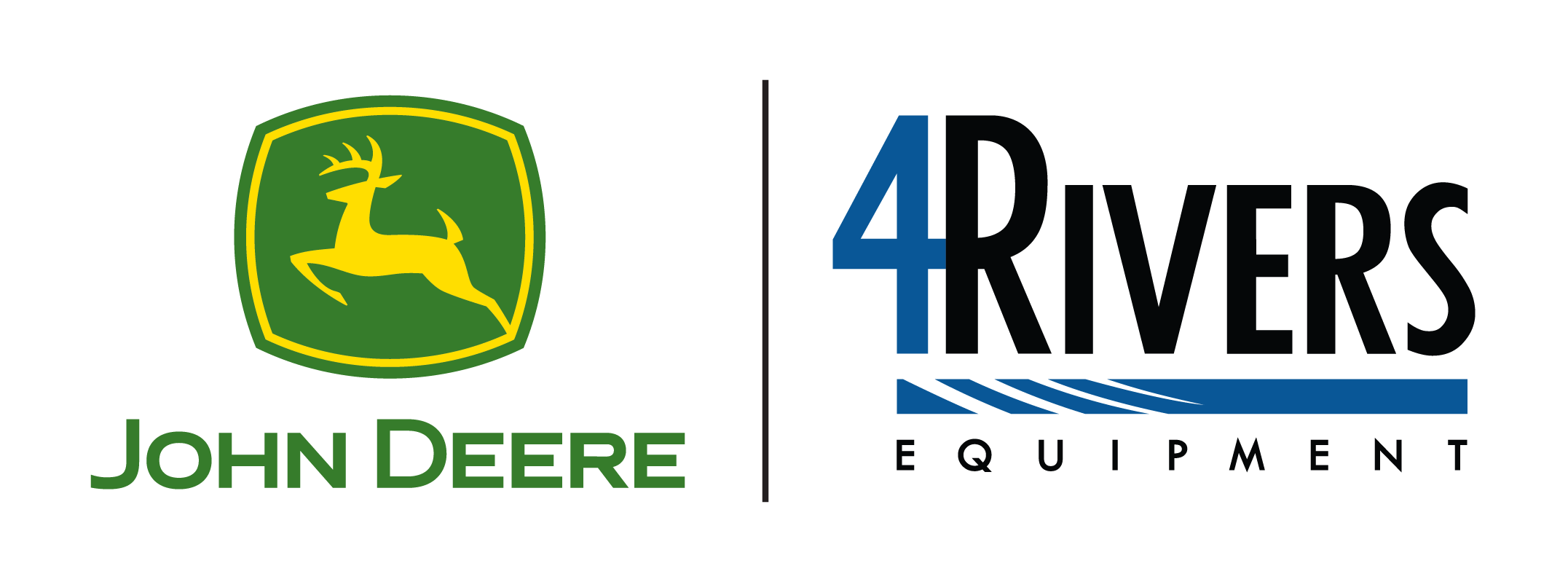Pro’s Perspective on Buying Real Estate in the West
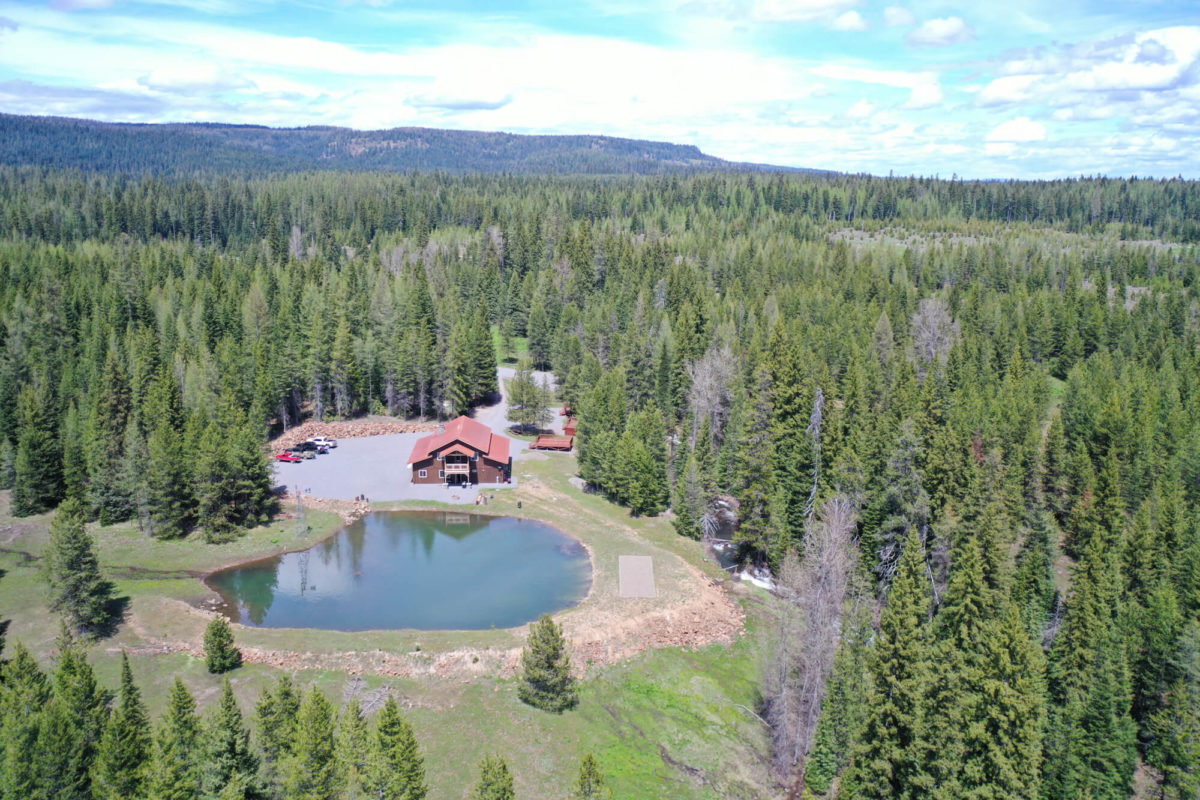
Advice Before Buying Land in the Big West
There are the real estate agents who know the square footage, can speak to how many bathrooms are enough, and whether or not the school district fits the bill. Then there are the uncommon real estate agents who offer a different kind of experience. They know cows, grazing limits, water rights, minerals rights, and irrigation systems. And if they don’t have the answer, they know the experts who do. Austin Callison with Hayden Outdoors is a mix of both – equal parts seasoned residential real estate agent and highly knowledgeable farm and ranch land real estate specialist.
As the West becomes a hotbed for real estate activity, Austin knows the questions clients should ask when trying to find the perfect property in Idaho, Washington, Oregon and even California, since that’s where Callison grew up ranching. And the former collegiate defensive lineman doesn’t shy away from sharing his real estate knowledge, ensuring his clients are buying land that will offer a healthy return on investment.
Austin is a ranch kid at heart, as he grew up in a small ranch community in Northern California. He moved to Boise in 2002 after playing college football in Sioux Falls, South Dakota. He’s been in the Treasure Valley ever since, enjoying the ways of the West and tapping into the intrinsic beauty of it. He’s an expert in both real estate and the nuances that come with buying farm and ranch land in the region. He gave us a glimpse into what he’s seeing in the market right now, and what he looks for on behalf of buyers and sellers.
Two Types of Buyers and a Potential Market Correction
“We’re seeing a couple of different market drivers right now. Relocation buyers are driving the housing market in my territory, mostly those relocating from California. I also work with people who are selling property somewhere else wanting to move out here and live on a little bit of acreage. It could be a horse property or maybe they want to raise their own food. That trend has definitely driven the market up. In order to stay in business, local farmers need to step up to California prices.”
While the market continues to be one of the fastest growing in the country, Austin notes a downward trend in real estate prices. “In Ada County, prices have increased 5x in the past ten years. It’s not sustainable. But we are starting to see some sort of correction, especially with rates going up.
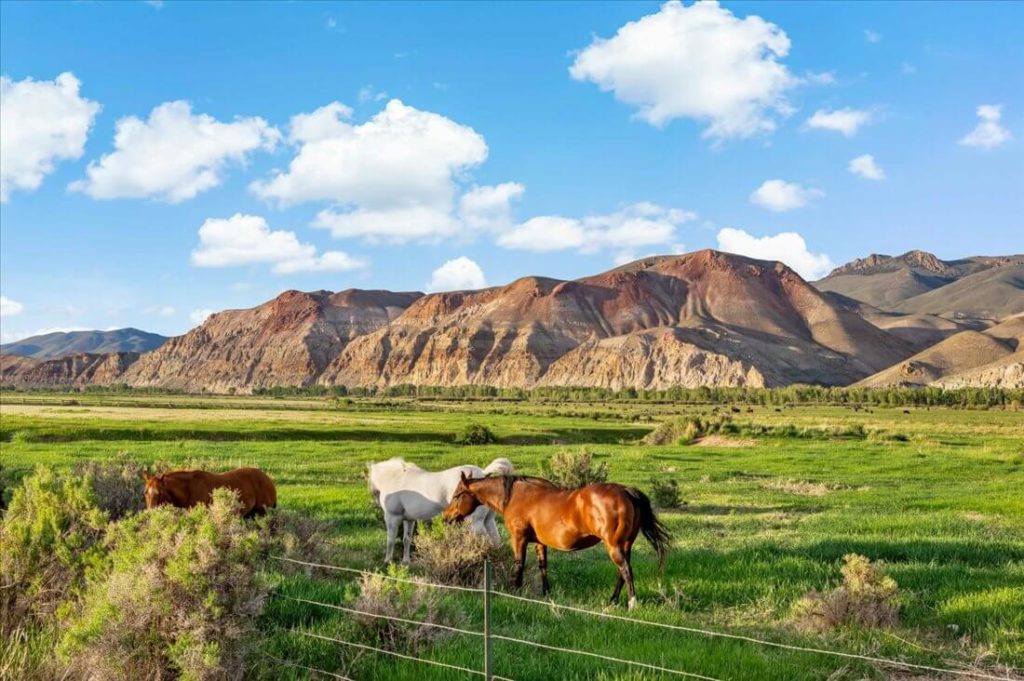
The Ins and Outs of Buying Ranch Land
As hit shows like Yellowstone evoke the romance of the West and ranch life, Austin notes it’s not quite as easy as simply pulling up stakes, hitching the U-Haul to your pick-up, and purchasing some ranch property. “I work closely with buyers to understand which leases are in place on the property. We’ve run into situations with gas and mineral leases. These can be a real ‘gotcha’. Purchasing ranch land should always be contingent on a title report. I also look at the productivity of the land and water with the property, which can be significantly impacted by drought.” Austin is the first to tell you he might not have all of the answers, but when he doesn’t, he knows who to turn to. “I like to think of myself as a resource. When it’s time to bring in an expert, I know smart people I can put clients in touch with to help them with due diligence.”
Advice Selling Ranch Land
When it comes to selling your ranch, Austin has a cornerstone piece of advice.
“If you want to get top dollar for your ground, make sure fences and water are in place. Also, the ground shouldn’t be over-grazed. Whenever someone owns land and they don’t know the specifics of running cows, they can quickly ruin the land.” The same concept applies to farm land, especially if you plan to rent it out. “Make sure your tenant is set up to succeed. Clearly outline what is going to be planted and harvested, and have a good irrigation system in place.”
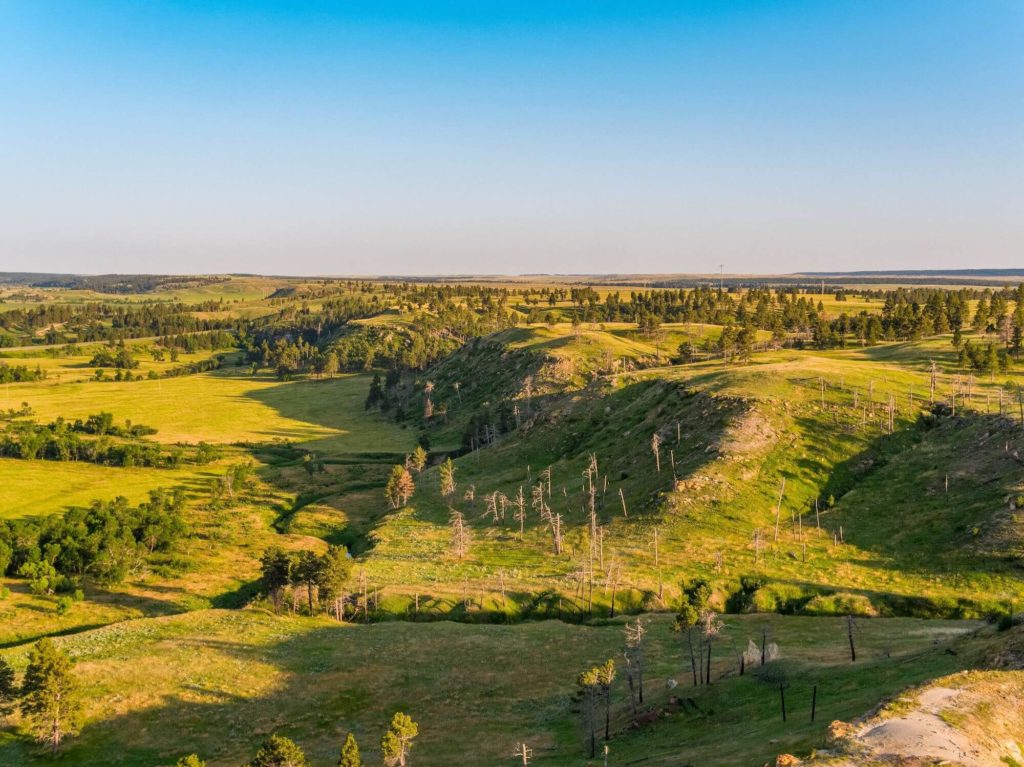
Key Questions to Ask When Buying Farm or Ranch Land in Idaho, Washington or Oregon
Austin has a few questions he always asks the realtor when buying large acreage land:
- Are there any leases in place?
- How many water rights or shares are included? Cost?
- What type of fencing is on the property?
- How are the neighbors?
- What’s the carrying capacity of the land?
- How many cows has the owner run on it in the past?
- For farm ground, what is the productivity of the land? For example, if the farmer is growing alfalfa, how many tons to the acre are they getting, and how many cuttings are they getting?
- What are the power costs?
- Are there any easements?
How a Real Estate Agent Helps in Development Projects
For buyers searching for development projects in his region, Austin says due diligence needs to be front and center. “In most cases, there is a significant amount of due diligence required for development projects. Make sure you understand which hoops you’ll have to jump through.” So, what are some of those hoops? Austin quickly rattled off a list, just to name a few. “Understand water rights, soil types, how deep the water is, where the utilities are located and whether or not you’ll need to bring utilities to the property. Is the project high or low density? Does it have a private septic system or is it on a public county or city sewer system? Are the neighbors going to push back?”
Developing land in the West has gone from luxury to necessity as rural areas absorb larger populations. “Once again, I’m a resource for my clients. I connect them with the engineers, county planners, water rights specialists, and architects to make sure the development is a successful one.”
Austin calls Idaho’s Treasure Valley home because he knows they call it the Treasure Valley for a reason. He hunts, fishes, ATVs, and snowmobiles. He adventures through the foothills and sage-lands with his wife and two kids. He’s a family man, a ranch kid, an outdoor enthusiast, and a real estate agent. Austin gets the West in the same way the West gets him. His career is built on sharing that connection with his clients, helping them find their own tillable, ranch-able, or development acreage. Learn more about large acreage real estate in Idaho, Washington, Oregon, and California by visiting our website or getting in touch with a Hayden Outdoors real estate professional today.
Expert Advice – Buying & Selling Hunting Land in the Midwest
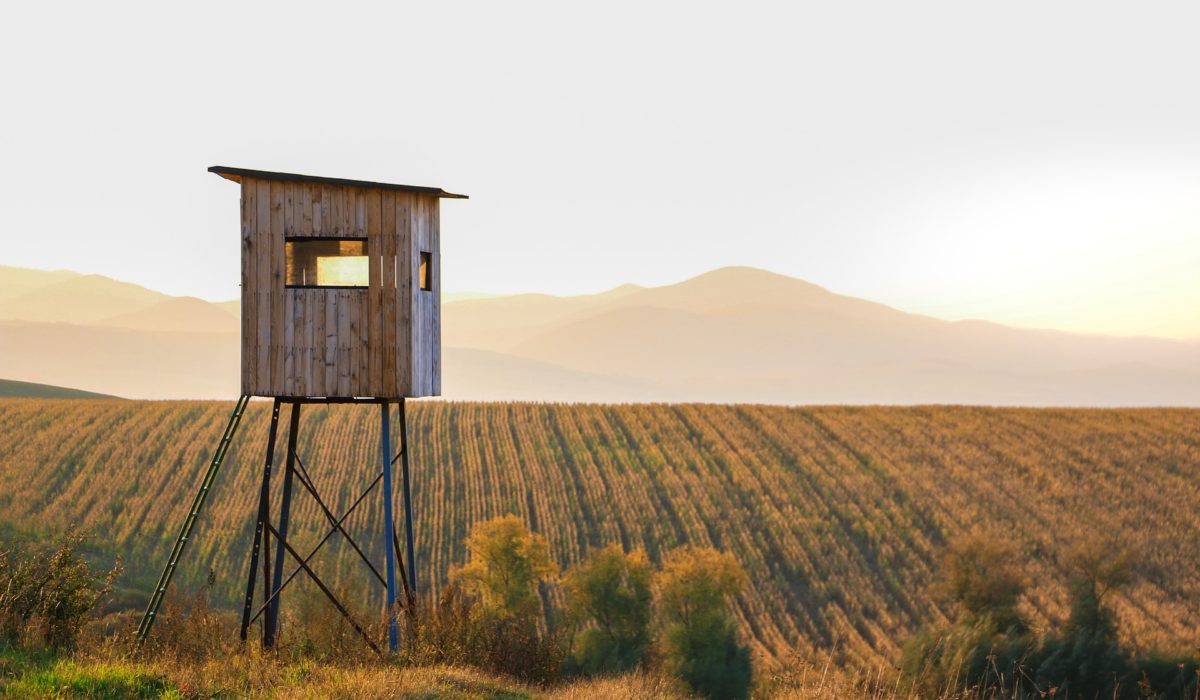
Allen Treadwell is many things – professional real estate agent for Hayden Outdoors, a contributor to the company’s leadership team, former Olympic shooting athlete, member of the exclusive Bass Pro Hunting team since 2003, television host of Life on the Land, expert whitetail, turkey, waterfowl and upland game hunter, father and husband.
One thing he is admittedly not? Desk jockey. “I can name every tree on my land, every species of animal out there, but I’m not great at Zoom.”
This is also why Allen is so good at his job as a Hayden Outdoors recreational real estate professional – his understanding of the land, its purpose, productivity, and profitability run deeper than most. He might not be an expert at online conferencing, but that’s because he doesn’t spend his days in an office, stuck behind a desk or staring out the window. He’s out there, scoping the best hunting land opportunities, walking large-acre parcels with clients, and homesteading his own couple hundred acre farm in southern Missouri.
“At Hayden Outdoors, most of us don’t just sell land; we live on the land. It’s our heritage and our passion.”
When it comes to Allen’s selling region of Arkansas, Kansas and Missouri, that passion rings true in every word. We asked him to give us some insight into buying hunting and large-acre land in this nostalgic and plentiful corner of the country.
3 Key Reasons Why People are buying Hunting land in Arkansas, Kansas and Missouri
1. The Land is Productive & Affordable
I think part of what is driving people here is how affordable the land is for being as productive as it is. With the price of land skyrocketing across the rest of the country, you can still get a sizable hunting or farming property in Kansas, Arkansas, or Missouri for an affordable price. Yes, interest rates have gone up, but they’re still relatively low compared to the past 30 years. Where I live in southern Missouri, if you own the land, you can hunt it. Every year. I think that’s a big deciding factor.
We see a lot of folks moving out of cities, or out of other places in the West that have simply become unaffordable, and buying in this area. They want 10 – 40 acres to themselves, where they can have a small garden, greenhouse and some animals. It’s becoming increasingly important for people to feel self-sufficient, and to raise their kids outside in the open land and open air.
2. Quality Climate Year-Around
The climate is also an important consideration. In a normal year, we typically get upwards of 40 inches of rainfall while our temperature fluctuations are relatively minimal. We usually don’t see temps above 100 or below zero. This makes for some really productive acres and friendly wildlife habitat. Land in Kansas, Arkansas, Missouri – these pieces of real estate offer folks the opportunity to become modern homesteaders, farming, hunting and exploring their own land.
3. World Class Hunting Opportunities
The hunting opportunities in the Midwest are incredible, especially for deer and turkey. You can even get those tags over the counter in many of these areas. There’s no draw system for Missouri & Arkansas, however, if you want a guaranteed landowner tag every year in Kansas – you must own at least 80 acres. (Be sure to check local hunting and game harvest laws in each state for up-to-date regulations.)
While other parts of the country are seeing a real estate slowdown, farms, ranches and recreational property sales in Kansas, Missouri and Arkansas don’t show any sign of slowing or devaluing. It’s a very good place to put your money; a very safe place to put your money.
How can you make Improvements to your Hunting land?

Tips for Increasing the Value of your Hunting Property:
– road maintenance (and possibly new roads),
– Repairing existing tree stands
– maintained food plots
– a history of trail cam and harvest photos and videos – anything you can add to your hunting property while you own it will return at the closing table.
As an example of land improvements you can make, Allen currently has some friends who bought a large parcel that was thick with old-growth timber. They went in and put in a road system and food plots, both of which make the land much more productive for either forest management and timber harvesting or hunting (or both). If they sell it, they could definitely do so for more than they bought it for.
Recreational properties are at an all-time high as far as value is concerned. Everyone believes their farm or hunting land should bring in the highest dollars, but not everyone has the talent of making the land great. Allen helps his clients identify what they can do to improve the property and maximize the value of the land.
Anything you can put into the land to make it better, you will get back when you go to sell it.
Why you need to have a Recreational Agent When Buying & Selling Hunting Land
If you’re in the market to buy a hunting property, I think it’s very important to find a good recreational agent who can represent you; someone who walks properties every day and will know – even faster than the buyer does – what a good property is. As a recreational agent, when I get excited about a property, the buyer I’m working with gets excited about it, too, because they know I can identify the value in it.
If you are selling a hunting property, you must have a recreational agent – someone who understands hunting, can talk hunting, and knows how to identify, buy, or sell a recreational property. For example, to get the most out of a whitetail deer property, the agent needs to know everything about whitetail deer hunting.
Additionally, my job as a buyer’s agent is to ask the buyer questions: What are you looking for in a hunting property? What do you want in your farmland? At Hayden Outdoors, that’s our number one goal, to represent both buyers and sellers with our expertise and levels of care. That’s where we outshine other agencies. We care about our clients and we do what’s right by them.
The Experience Allen Brings to Hayden Outdoors
As an Olympic athlete and avid hunter, Allen has traveled the world. He has competed in countless countries, and shot on every continent except Antarctica. Yet, these days, you’ll find him content at home, in his coveted corner of Missouri. He explores real estate opportunities for his clients, or helps them prepare a property to sell. He’s a dedicated member of the Hayden Outdoors team. “They run the company as a family, and everyone feels that. It’s so, so important.”
He also spends his time wandering his own property, his six-year old daughter bopping behind him. He now gets to teach her how to spot a hidden whitetail deer or flock of turkeys, feed the cows, and harvest the garden bounty. Ask him about all of it, and Allen sums it up well, “I’ve been very fortunate. Now I like to share my experience with others.”
To learn more about hunting property opportunities in Missouri, Arkansas, or Kansas, contact Allen or a Hayden Outdoor real estate professional.

Waterfront Property in the Southeast U.S. – Where Your Dream Lifestyle Comes to Life
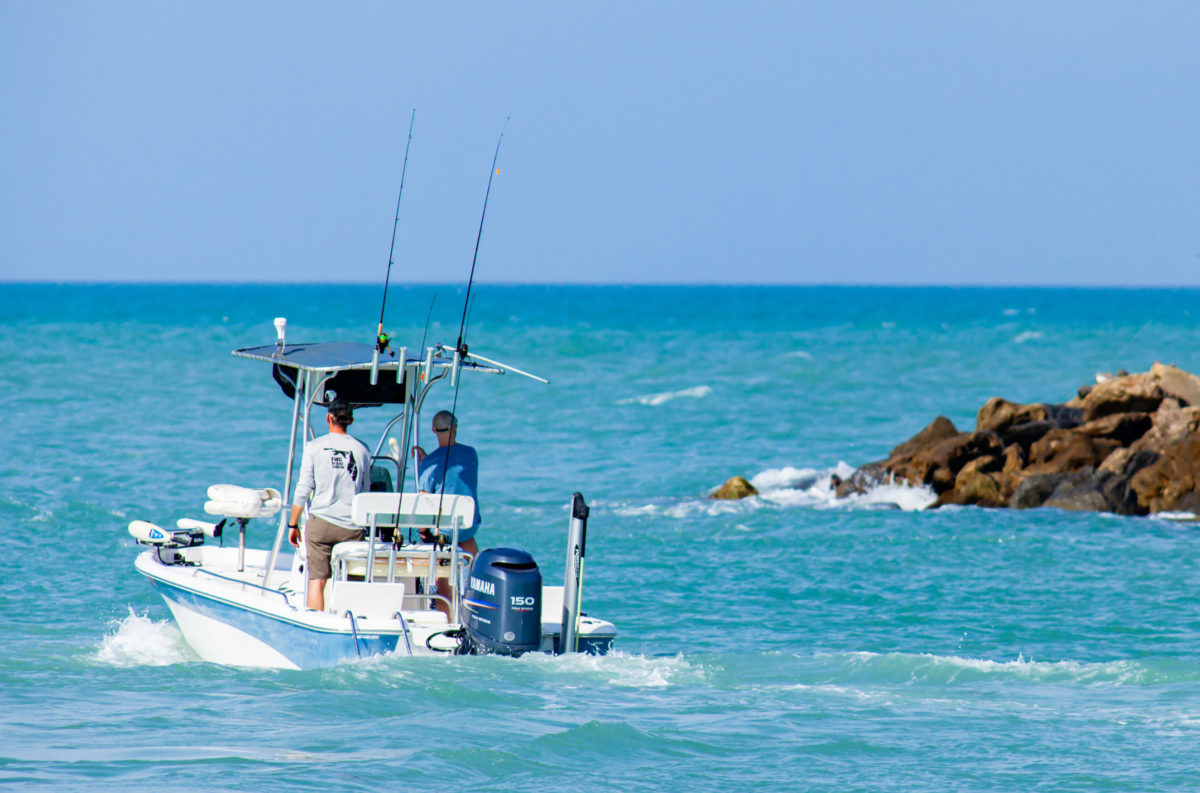
Where to Find Your Dream Waterfront Property in The Southeast U.S.
As Hayden Outdoors expands its high-end real estate services to include the enriched states of the Southeast U.S., one question tops the list for many buyers, “How far do I have to run before I’m in open water?” Which is to say, according to Hayden Outdoors Partner Greg Liddle, “The Southeast offers a certain type of freedom – thousands and thousands of untouched acres and endless miles of wide-open ocean blue. Florida alone is one of the most moved-to states in the country right now, and for good reason. The seafood is a helluva lot better on the coast!”
To listen to Greg talk about life and real estate in the Southeast is to fall in love with it almost immediately. There’s the affordability of it— if the most desirable areas of the coastal Carolinas or Florida aren’t an option, consider the quiet and sanctity of the Florida panhandle, Alabama or inland Georgia – as well as the opportunity to tap into a way of life in a place you might not have considered until now. Of course, the Southeast is as geologically diverse a part of the country as any, and Greg notes the important things to consider when looking for waterfront land, investment property, or homeownership in this region.
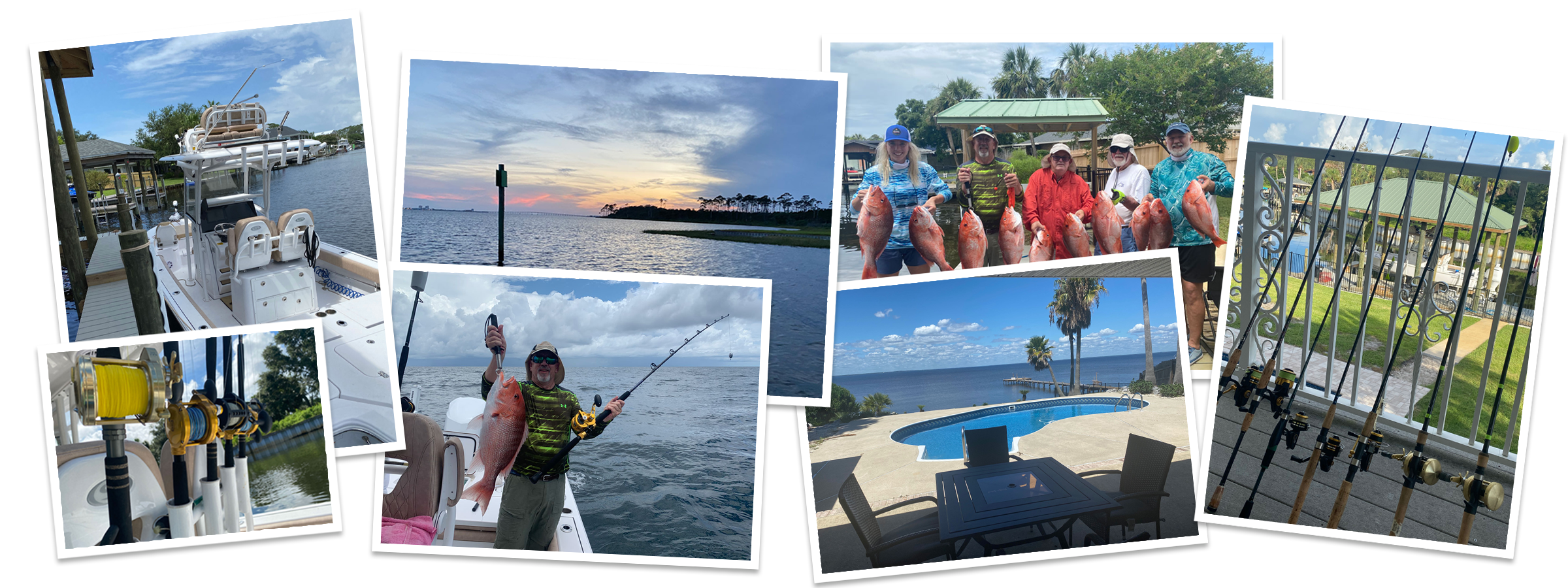

As a child of Florida, Greg has an intimate knowledge and understanding of the state and its many nuances. “For me, Florida’s beauty and its draw lie in the vast wilderness of ocean people can access from the nearly 2,500 miles of coastal Florida we represent at Hayden Outdoors. Hop in the boat, get beyond the No Wake Zone and open up the throttle before parking yourself in the midst of some of the bluest, clearest salt water that surrounds this country. It’s a lot harder to get stuck in traffic when you’re out on the ocean.”

Greg outlines some additional important things to consider when buying real estate in Florida, including:
- Easy access by boat to restaurants, special events, neighbors, access to water sports and more!
- There is no state income tax in Florida and in many places, the cost of living is below the national average.
- When looking at beach and waterfront properties, make sure to work with your real estate professional to identify those that are above the flood zone.
- Consider your desired property’s proximity to medical services and shopping.
- Florida is a popular place for people to spend the winter months. Be mindful that some areas will see the population double during this time.
- You’re going to be in a hurricane corridor every few years somewhere in Florida. Work with your real estate agent to better understand how this might affect your purchase and securing the proper homeowner’s insurance for it.
- Florida is particularly friendly for short-term rentals and investment properties.
- For aviation enthusiasts, Greg adds a particularly enticing bonus, “The Blue Angels train in the Panhandle. There’s nothing quite like going out in your boat and fishing while the planes acrobat in the sky. Blue up above, blue down below.”
- The coveted red snapper fishing season. This is a biggie for everyone from those tossing their line into the water for the first time to the fishing-is-life crowd. Florida boasts a relatively extensive season for red snapper, which typically runs mid-June through the end of July and then again for a handful of weekends throughout October and November.
While Georgia echoes many of the coastal benefits of Florida, it also boasts expansive farm land, unique hunting properties, and expansive equine properties.
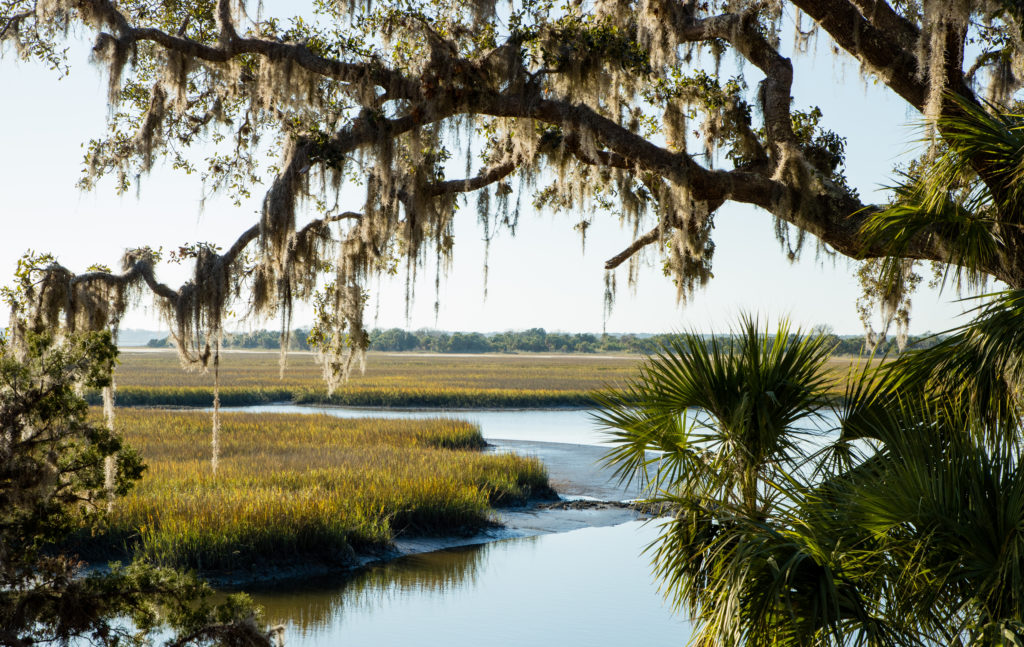
Keep these things in mind when buying real estate in Georgia:
- To coast or not to coast? It’s a big question, but a good place to start if Georgia is on your real estate search list. There are the vast beaches of Savannah, the bluffs above the Savannah River, and waterfront along Lake Sinclair. And then there’s the Low Country of Burke County and hidden historic cottage gems that pepper the state’s spectacular countryside. Chat with your real estate agent about your lifestyle goals and where you might best meet them in Georgia.
- If you do buy a waterfront property, understand your property rights, high water marks, and other important waterfront property considerations.
Recreation.
- Georgia offers a variety of ways to get outside and play. These include some of the country’s most renowned golf courses to fishing, sailing, hiking, stand-up paddle boarding, and more.
If you haven’t put Alabama on your “Top 10 Places to Move” list, then you probably haven’t been there. The inlet of Mobile Bay combines ocean living with calm waters and lively nightlife. The Mobile-Tensaw Delta is a vast river delta and wetland – one of the largest in the country in fact. Waterfront living comes in all ways here, from bays and beaches to storied bayous.
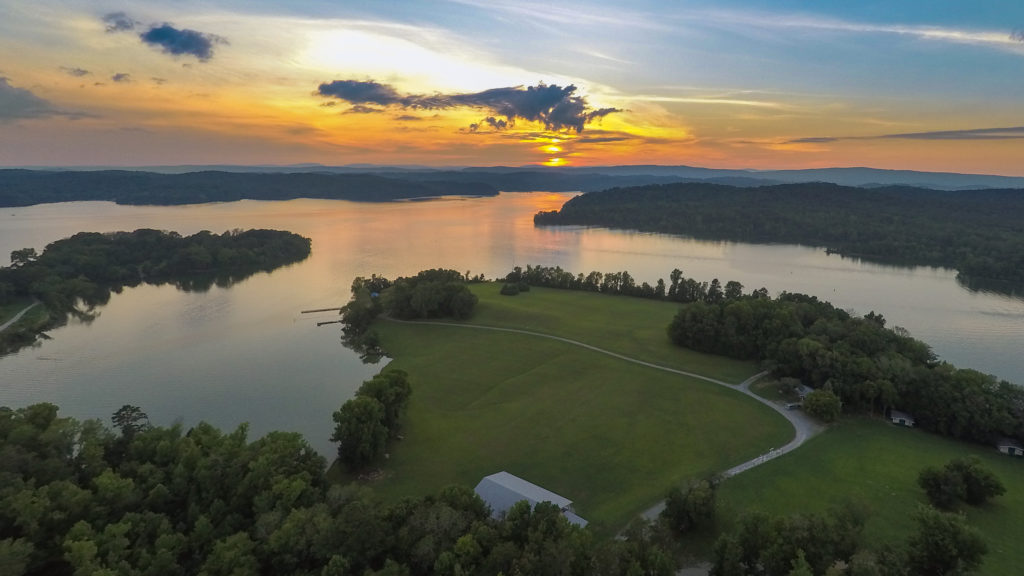
Here are a few things Greg recommends considering when buying real estate in Alabama. Roll Tide!
For those with new-found work-remote freedom who want to tap into one of the best kept secrets in the country, make sure to talk with your Hayden Outdoors real estate representative about Alabama. Neither your pocketbook nor your way of life will be disappointed.
- Climate – and really, this is a big consideration anywhere in the Southeast because it can vary more than one might think. The trade winds blowing off the coast can cool things down quickly, while inland climes tend to be more humid and consistent year-round.
- Chat with your real estate agent about how living near a flood zone might affect your property purchase and long-term viability.
- Like many other states in the region, look for higher indications of hurricane incidents where you’re considering buying, and note the costs of insurance when buying property.
- If you’re looking to rebuild or remodel, you might need to build your home up above the floodplain.
- If you don’t want to make an investment in a waterfront property, Hayden Outdoors can help you find a boat slip or more affordable property that includes waterfront access.
“Carolina beach music,” Dupree said, coming up the porch. “The holiest sound on earth.” It’s a line from Beach Music by Pat Conroy, one of South Carolina’s most notable writers. He wrote about South Carolina the way so many of its residents live in the state – with love, celebration, exploration, and an undeniable island vibe. The inlets of Hilton Head, the cobblestone history of Charleston, the 60 miles of serene coastline of Myrtle Beach – South Carolina doesn’t shy away from everything it has to offer.

Keep these things in mind when looking for real estate in South Carolina:
- Assuming you’re moving to South Carolina for its beach life, think about which beach might be the best fit. Surfers often love Folly Beach best. Those looking for a little luxury should consider Hilton Head and its many amenities. Investors might want to consider Sullivan’s Island, while first-time home buyers can often find friendlier costs in Surfside Beach.
- Scuba diving is fantastic here (and this includes rivers and lakes as well as oceans), so for those who want to infuse their lifestyle with as much underwater exploration as possible, South Carolina is a must on the consideration list. Natural wonders and artificial reefs such as shipwrecks beckon all day long.
- To this end, chat with your real estate professional about water clarity in your area.
Consider erosion, hurricanes, and flooding as it relates to your potential real estate purchase.
North Carolina says it all in its name. It combines the waterways and coastal amenities of South Carolina with an abundance of forests, meadows, coves, and ancient mountain ranges including the Appalachian, Blue Ridge, and Great Smoky Mountains. While North Carolina’s real estate might be lesser known and lesser sought by those looking to relocate, people who live there understand its endless beauty.
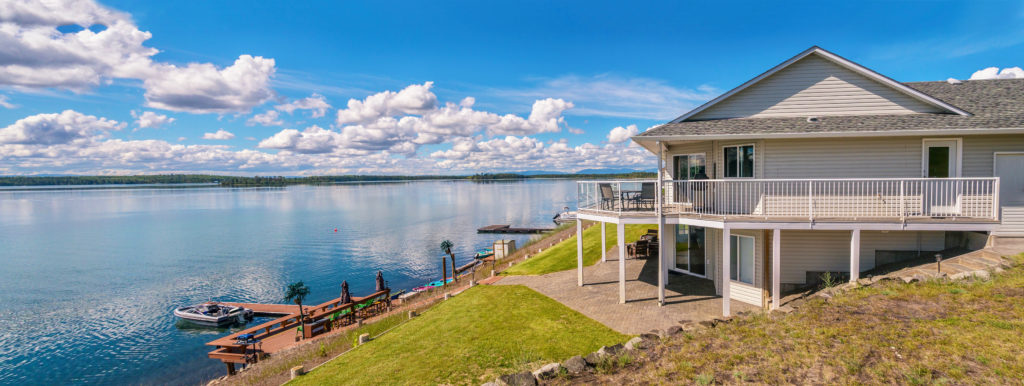
Is North Carolina real estate on your list? Consider this:
- Small town living. North Carolina has plenty of it, and it’s the kind of small town living so many of us crave right now.
- Big land living. On the flip side, North Carolina’s rolling hills and mountains offer a variety of property types, from vast farmland to hidden coves surrounded by endless green trees. If you’re looking to relocate to a place where you can afford some serious recreational land just far enough away from it all, North Carolina might be your best bet.
- There’s water here, too. From the nightlife of Wilmington to the storied Outer Banks (literally storied, as in the current Netflix hit Outer Banks), and famous off-shore fishing of Nag’s Head, North Carolina’s shoreline is the choose-your-own-adventure-kind.
- Hurricane season does descend upon the state, so make sure you understand the implications of this when buying real estate here.
- Winters here are short and mild. Summers are subtropical and the mountains can experience heavy rainfall.
If you’re buying waterfront property in North Carolina, understand the difference between public and private beach access. Greg points out, “In some areas, you’ll own a portion of the beach, but you can only build up to a certain point. Sand dune fencing can go to a certain point and the public can still access through your property. It’s important to understand which part of the beach you do, or do not, own.”

The Southeast is an extraordinary place, and for many, a very accessible and appealing one. If you crave the kind of lifestyle you can make all your own, with instant access to waterways, forests, bayous and back roads that are getting harder and harder to find, reach out to a Hayden Outdoors professional. They have the important lifelong understanding of how to achieve the kind of life this region of the country holds so dear.
Overcoming Common Obstacles When Selling Your Farm
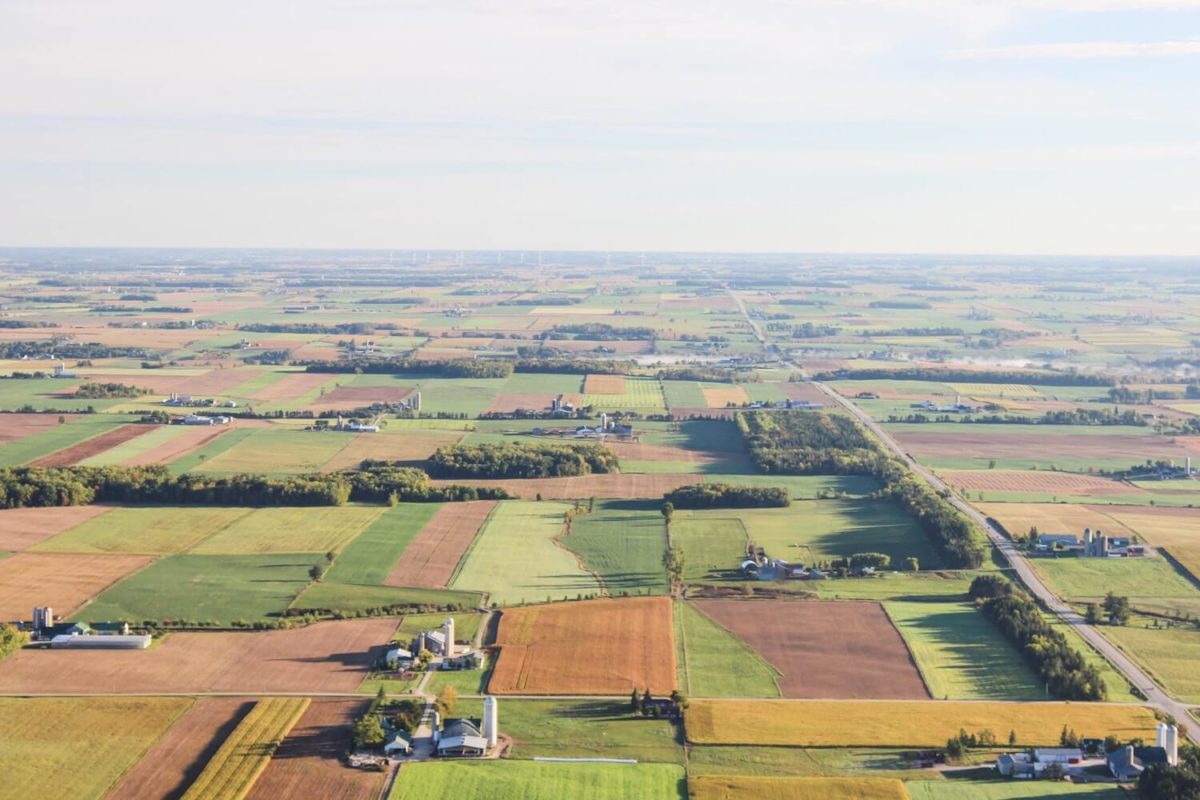
Overcoming Common Obstacles People Face when Selling Farmland
In a recent chat with Hayden Outdoors Director of Sales John Herrity, the biggest challenges to selling farmland aren’t necessarily the land itself. Bountiful yields mean a healthy sale when it comes to selling farmland, right? Not necessarily.
“Crop yields are really only one piece of the puzzle,” said John. “And they’re not necessarily the most important. Yields change from producer to producer. A savvy farmer will come in and look at the soil’s rating and compare it to what’s currently being produced to assess the viability of the land. You can have a great farm, but if the farmer doesn’t care for the land, then it won’t produce great yields. The next farmer could double production.”
So if crop yields aren’t the biggest obstacle to selling your farmland, what is? Well, it’s really all of the things we don’t think about when we think of farming. These are some very common setbacks when it comes time to put your acres up for sale.
Long-term leases and other agreements.
This is a biggie. If you decide to sell your farmland, but you have a long-term lease on the land, this can be problematic for buyers. People buying farmland are typically looking to work the land themselves. If you think you might be selling your farmland in the near future, avoid establishing any long-term leases. Alternatively, if you have a long-term lease on the land and feel it’s time to sell regardless, consider buying out the lease or reworking the terms.
Helpful Tip: Put all of your updated lease documents in one place and also make digital copies made by the real estate agent for potential buyers.
Farmland ownership models.
Sometimes a farm is a single-family entity. There’s one name on the title. If this is the case for your farmland, your sale will most likely be straightforward. If not, things could get a little sticky. Farms with multiple ownership stakes require a stakeholder consensus to sell. If everyone is on the same page, this will be easy to establish. If not, putting the land up for sale will need to wait until all owners agree to the sale terms.
Helpful Tip: Meet with a trust attorney if you think that multiple entities could cause issues at the closing table.
Conservation Easements
Farms are big, expansive swaths of land that often require easements to allow for property access in otherwise inaccessible parts of the acreage. Easements are typically established with neighboring property owners or other entities, such as the Bureau of Land Management or the United States Forest Service. Buyers will want to clearly understand these easements, their permanence, and how they affect the use of the land.
Helpful Tip: Our real estate agents are experienced with conservation easements, water and mineral rights, and more. Write down your questions and give one of our team members a call to go over your inquiries.
Liens and encroachments
If the farm is the rose, consider liens and encroachments the thorns. Liens are placed on property, buildings, or equipment that have outstanding debt until the debt is paid off. Encroachments are just that – any unauthorized intrusion onto the property, either above or below the land. This can be an old fence that wanders away from its property line, an aging tree that bows from one property onto another, or a neighbor’s rusty old tractor that he or she refuses to fetch from your land. It’s best to clear your farmland of all liens and encroachments as much as possible before you sell it.
Helpful Tip: It’s also wise to have your real estate professional work with the title company to pull an ownership and encumbrances report (O&E Report), which will show any liens or judgments against the property.
Of course, don’t let these challenges deter you if you feel you’ve tilled your last acre. The experienced real estate professionals at Hayden Outdoors have been doing this for a long time – 45 years to be exact. They know the ins and outs of large farmland sales. They’re happy to help and explain as they go, ensuring you get the most out of your sale, and your farm land in good hands. Contact Hayden Outdoors today to learn more about selling your farm.
5 Things to Do Before Selling Your Farmland
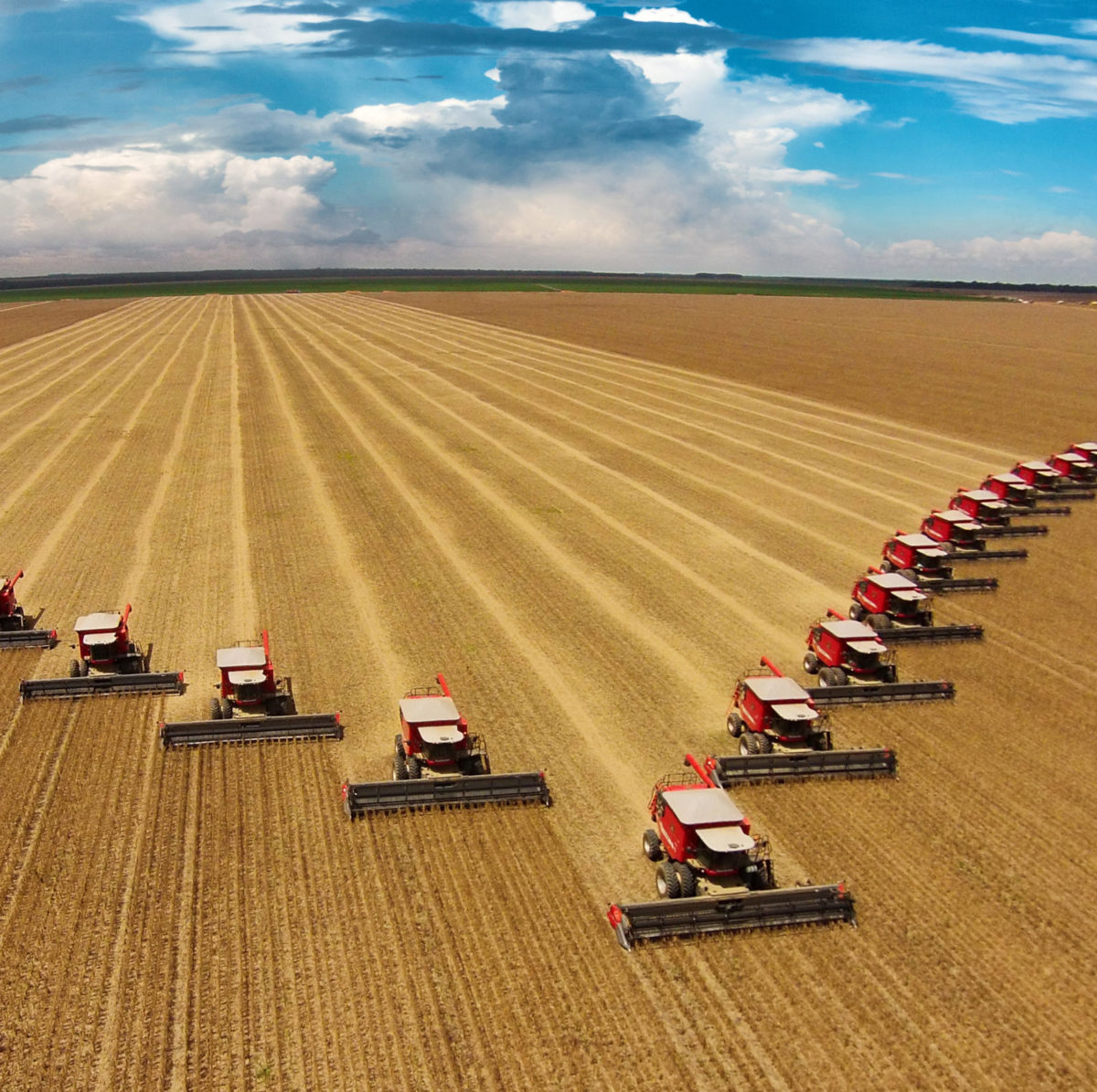
Steps to Take Before Selling Farmland
Your farm might be a legacy property – a way of life that has been passed down from one generation to the next for centuries. It might be something you ventured into more recently. Either way, if it’s come time to sell your vast expanse of workable land, there are some key things you should consider before you do. Hayden Outdoors Director of Sales John Herrity has some tips on the important steps to take before selling your farmland.
As a farm boy himself – John was raised on his family’s homesteaded farm in Elk Point, South Dakota before pursuing a career as a row crop farm appraiser, construction manager, fishing boat captain and real estate professional – his insight is particularly valuable.
“Farmland sales can be complex. There are so many considerations that go into properly valuing farmland, including soil type and rating, percent tillable, the current ownership model and accurately mapping the property. It’s important that sellers and their real estate team be very diligent in doing the work up front before listing the land.”
1. Determine the Ownership Model
Establishing how many people or entities currently own the land is a great place to start when it comes time to sell. Is this a family farm property with one name on the title, or do multiple people have a stake in the land? If there are multiple owners, is everyone on the same page in wanting to sell? Is there a power of attorney for the owner or ownership group? The ownership model will determine how easy or more complicated the sale will be, including how sale profits will be divided.
2. List all Debt, Liens, Easements & Encroachments
Owning the land free and clear is obviously the most straightforward way to sell it, however, farms are large, working entities that often require equipment loans and easements to keep them running. Talk with your real estate professional about any debt currently associated with the property, including liens on outbuildings or farm equipment. Easements are another important thing to consider. Because farms tend to be multiple acres in size, they often come with one or more easements to adjacent land that permit access for one property owner or another. Buyers will want a complete understanding of these easements before purchasing. Encroachments (features that wrongly extend onto your farm from a neighboring property, e.g. an old fence) can be another obstacle to selling farmland and, ideally, should be rectified before listing your property.
3. Map It Out
Let the Hayden Outdoors team create a land map that accurately shows every aspect of your property. Our agents and brokers are experts at MapRight, a dynamic land mapping software. These maps show property boundaries and easements, soil surveys, parcel data, GIS layers, buildings, fence lines, and more. A proper map is elemental for prospective buyers, and can also tell a farm’s history and story in a very visual way.
4. Establish the Soil Type Classification & Land Survey Comparables
While soil type and productivity is a pretty big and important piece of the farmland sale puzzle, it’s one that can also change from one producer to the next. This is the palette with which any future buyer will work to produce their own yield and establish their own style of farmland management. That’s why it’s important for your real estate professional to carefully consider your soil type. There are a variety of agencies, agriculture-based Universities, and websites that can help determine the value of your soil type by region. Once you and your real estate agent have established the value of your soil, they will help research comparables to give you a look at similar sales in the area. Pricing the property based on price per soils ratings relative to nearby farms is a good starting point to valuation. If you have recent appraisals that were done by a certified appraisal, these also can help determine a listing price and marketable value for your farm.
5. Understand the Tax Implications or Penalties of Selling Your Farmland
When it comes time to sell your farmland, John suggests talking with a CPA to discuss options with 1031 exchanges to see if this is a possibility for their sale.
“I coach clients to get good advice from their accountant. Establish what the basis of the land is. If you inherited the farm and it’s been in the family forever, it will have a much different basis and tax implications than a farm that was bought in the last ten or twenty years.”
Selling your farmland might seem like a daunting task, logistically, legally and emotionally. But with the right guidance and proper resources, it can be a very freeing and lucrative endeavor. The real estate professionals at Hayden Outdoors know the ins and outs of selling farmland in a way that benefits the seller, the buyer and the land itself. The team has been doing it for 45 years, and like John, many of Hayden Outdoors’ team members are also farmers and ranchers themselves. They’re happy to help you navigate the complexities of selling your farm. Give them a call today to learn more.
Planning on Buying Undeveloped Land? Here’s the Pros and Cons
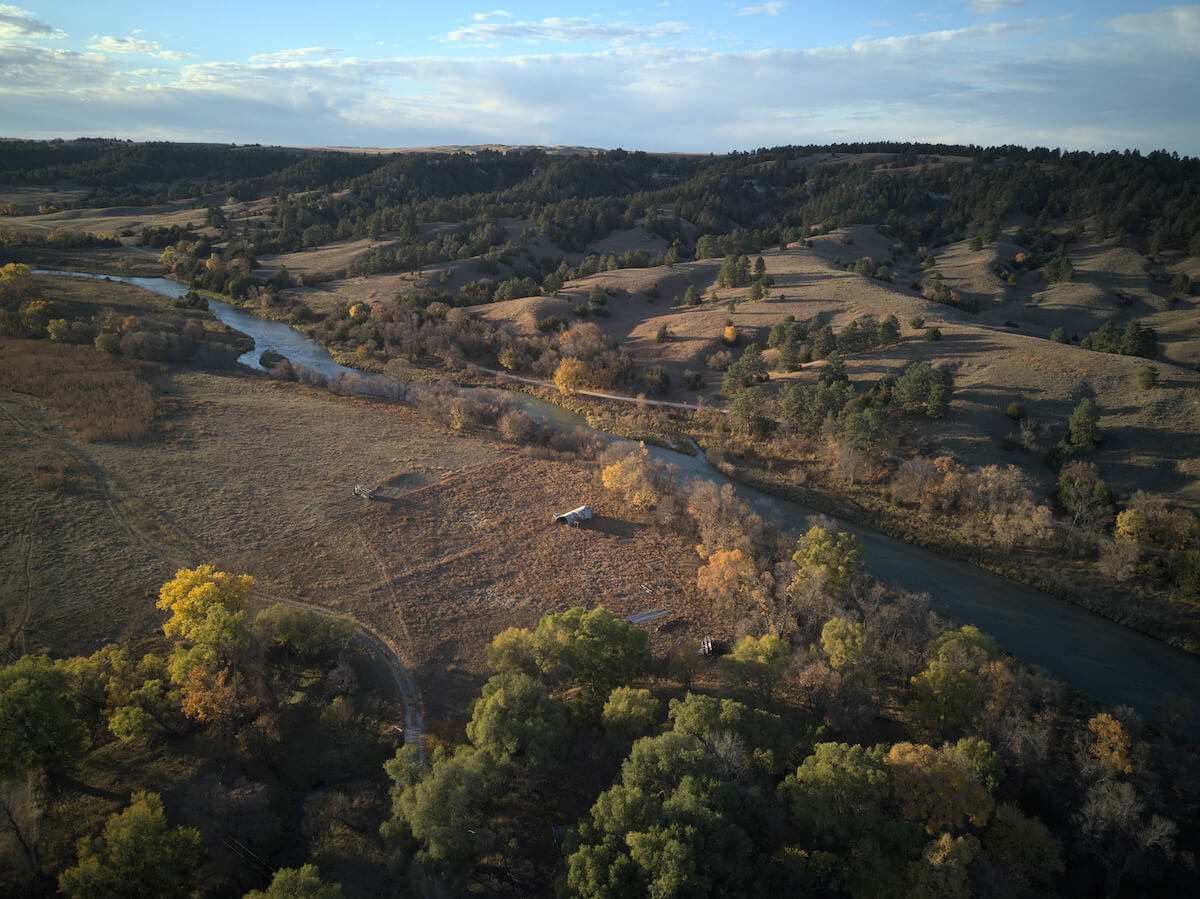
Wide-open spaces might be the hottest commodity out there in today’s market. And it’s easy to see why. Standing on an untouched building site on acres of your own vacant land, with surrounding sunsets or forests or starry night skies, it’s easy to envision exactly what your dream home could be. Of course, there is plenty to consider before you make the big commitment to buy vacant land, and then potentially build on or otherwise develop that land. Let’s explore a few of the pros and cons of investing in undeveloped land.
Undeveloped Land Explained
Think of vacant land or undeveloped land as a completely blank palette – it’s simply the land in its most untouched or natural state with no existing infrastructure. It’s never been used for farming or ranching. There are no roads leading in or out. Just the land. For years, many buyers disregarded raw land for investment purposes considering it too daunting a task. However, that mentality has shifted as real estate investing has become increasingly popular and many are leaving urban centers for more peaceful existences in rural areas.
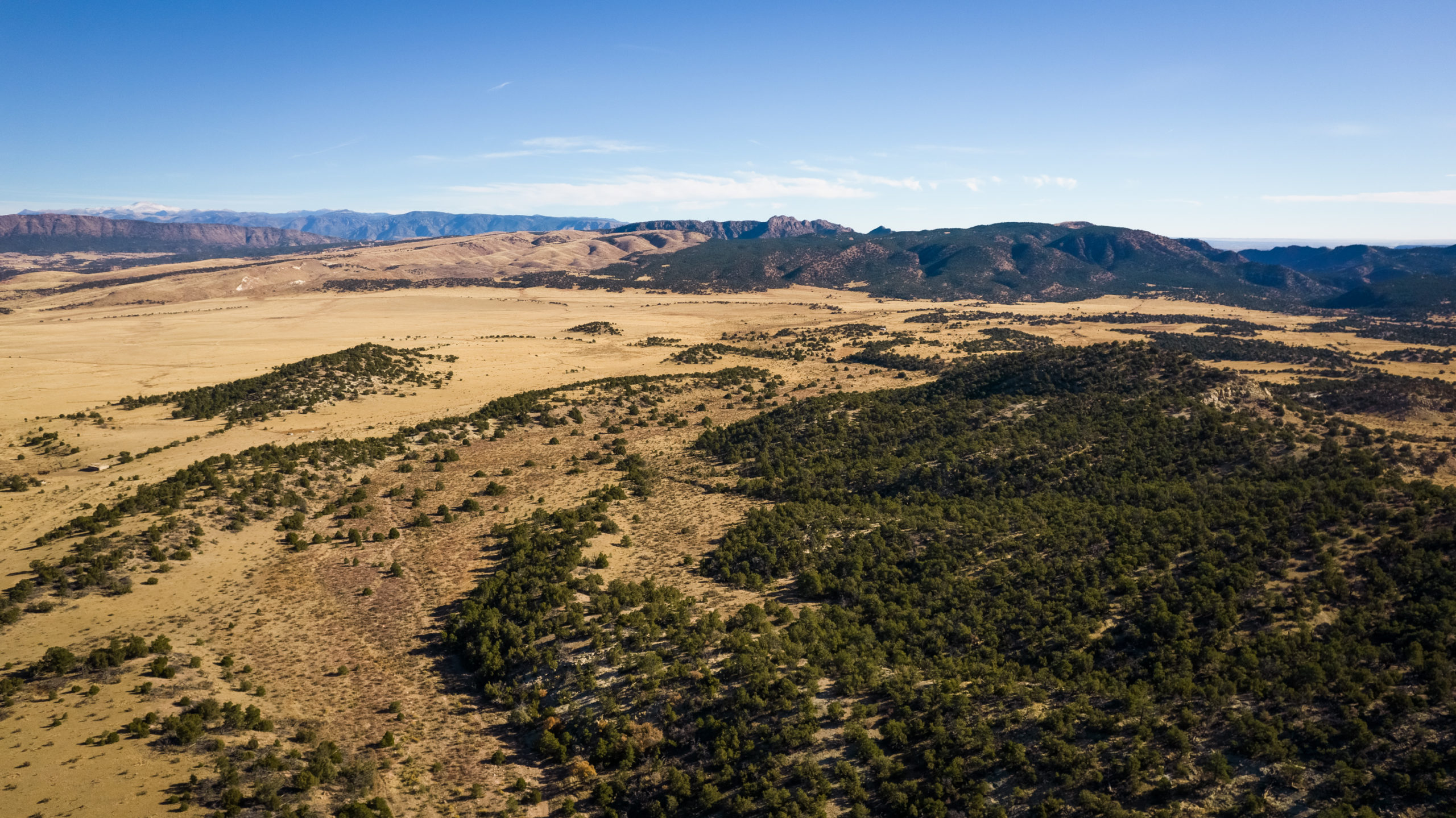
What are the Pros and Cons of Buying Vacant Land?
While the beauty and freedom of buying undeveloped land can be strong attractants, there are a variety of factors to consider to avoid unintended challenges and heartache if things don’t play out as planned. Let’s take a look at the pros and cons.
The Pros of Buying Undeveloped Land
- Quite often, vacant land is more affordable than developed properties.
- Unlike the hottest properties in your favorite resort town, you typically won’t get into a bidding war with other buyers over undeveloped land; there’s simply less competition.
- The return on investment (ROI) can be substantial with the right vision and tools to develop the land properly and profitably.
- Because it lacks infrastructure and utilities, property taxes on vacant land tend to be lower than developed parcels.
- Undeveloped land offers dreamers plenty of flexibility in what and how they want to build.
The Cons of Buying Undeveloped Land
Like any major real estate transaction or investment, it’s important to weigh both sides of the coin. Here are some very important considerations that can complicate a undeveloped land purchase:
- Assuming you’re not paying cash for the entirety of the property, and need to finance a portion of the purchase, vacant land loans can require a higher down payment and a detailed plan of how you intend to develop it.
- Zoning restrictions can create roadblocks for those looking to buy undeveloped land. Some land is zoned so that nothing can be built on it, while other parcels are zoned commercial or mixed-use, both of which will affect a large raw land purchase.
- Along these lines, conservation easements are another consideration. Often, these provide important protections for the land you’re looking to buy. However, they can also be incredibly restrictive if you plan to build, hunt on the land, or otherwise develop it.
Financing Vacant Land
As mentioned above, financing undeveloped land can be a little more complicated than a simple home loan. That said, there are some powerful and comprehensive resources available for those interested in purchasing vacant land. If you’re considering buying undeveloped land for a specific purpose, make sure to explore these organizations:
- Conterra – Conterra Ag Capital provides farm and ranch real estate secured loans to agricultural producers across the United States. For those looking for financial support to set up farming operations, extend current farming practices, or whether a particularly difficult agricultural cycle, Conterra offers managers throughout the country who can work directly with buyers.
- Outdoor Lending – In addition to agricultural land purchases, Outdoor Lending assists agents handling premier real estate deals obtain the best financing options for their clients. These purchases can include farm, ranch, hunting, resort, and recreational properties across the United States.
- Farm Credit – Farm Credit’s mission is to support rural communities and agriculture with reliable, consistent credit and financial services. The organization is committed to the viability and vibrancy of the country’s rural communities through a steady flow of capital.
Scouting the Land
Perhaps the most important thing to do before you buy undeveloped land is to give your dream property a good, hard look. Work with your real estate professional to better understand the pros and cons, opportunities, and obstacles that undeveloped land might present. Doing so will help you understand what might be involved in making the investment viable, including:
- Putting in roads
- Establishing utilities such as propane or natural gas and electricity
- Water availability, e.g. a well on-site or the need to tap into city or county water sources
- How your future neighbors might feel about your development plans
- Geological features to consider
- How buildable the land is, including whether or not your actual building site presents any steep land surfaces, rock formations that might require augmentation or removal, wetlands, or other wild land conservation considerations
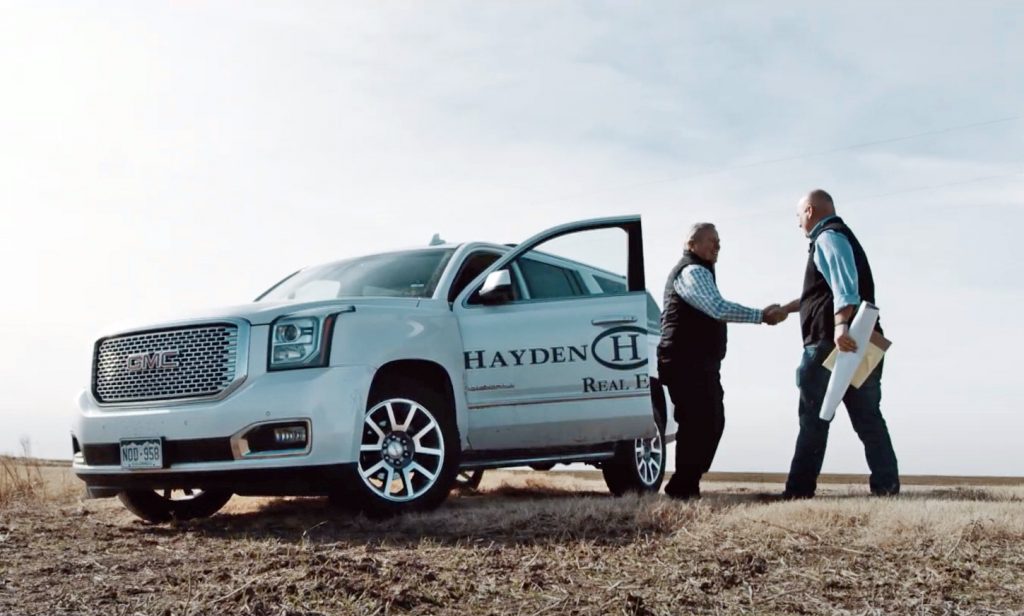
Vacant or undeveloped land really is one of the last great possibilities of our time, offering potential buyers everything from an investment opportunity to the perfect place for your dream home. Talk with your land real estate professional today to learn more about vacant land available near you, and what it might take to buy and then build.
Top 5 Considerations When Buying Waterfront Property
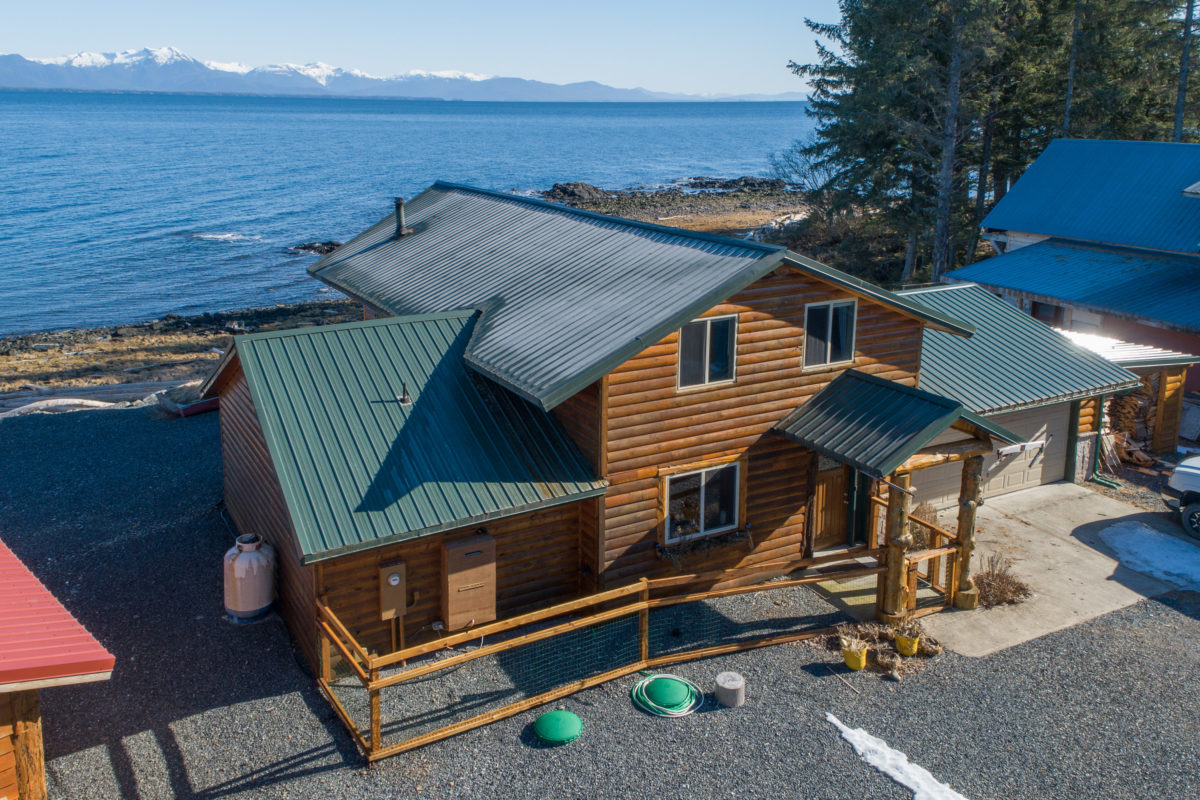
A Waterfront property can be an idyllic escape from the everyday with its picturesque sunsets, enticing shores, and opportunities for recreation. It can also present some additional considerations for property owners.
Top 5 most important steps to consider before buying an ocean, river, wetland, or lakefront property.
1. Taking a thorough Property Inspection
It’s important to determine if the home or property you’re considering buying can withstand the water surrounding it. Waterfront properties are often located in wetland areas, flood zones, or along river banks that see rising water levels every spring. Make sure any structures are far enough from high water marks that they won’t experience seasonal water or flood damage. On structures, look for quality structural support, such as stilts/pilings, storm shutters, and a solid foundation. If the home has flooded previously, inspect that it was remediated properly so that there isn’t hidden mold in the walls or in the cabinetry. If on the ocean or lakefront, check the quality of the seawall, lake wall, or rip-rap edge. Consider the garage or storage shed – is it big enough to house all of your recreational equipment, including boats, canoes, kayaks, stand-up paddle boards, and jet skis? If the property has a dock, is the dock a legal length and does it have a boat lift and cover? Something to consider is the maturity (size) of the sand dunes on oceanfront properties, which can help protect the property against storm surges. On riverfront properties, where is the high water mark in relation to structures? What is the recreational condition of the river for fishing and water sports?
Southeast Regional Manager and Florida Native Greg Liddle provides additional suggestion and mentions that “Homeowners should be aware of the depth of the water at their boat dock during low tide and winter months. While it might be plenty deep during their showing, some areas can become so shallow that homeowners can’t take their boat out during other parts of the year.”
2. What Insurance will I need for my Waterfront Property?
You will want to consider flood insurance for your waterfront property purchase. A combination of your flood insurance, homeowners insurance, and windstorm coverage in your homeowners insurance premium will ensure coverage for hurricanes. Check with local insurance agents who understand any unique aspects of the water and associated weather in your area, and the coverage that will ensure you’re protected in the case of water damage or natural disaster. Consider getting a quote before you buy the property so you can accurately calculate the overall cost of your purchase.
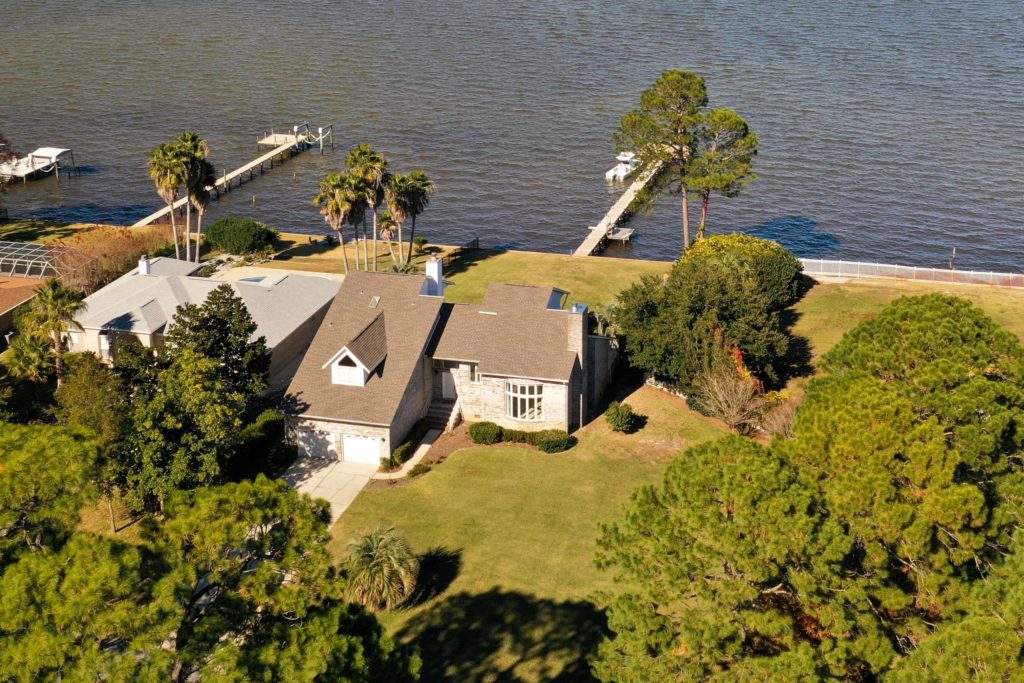
3. Hidden Cost of Buying a Waterfront Home.
Waterfront property is unique in the fact that homes and landowners typically don’t own the water itself (unless you’re purchasing a private pond or body of water contained entirely on your property). Federal, state, and local governments typically own and oversee the water, which often results in costs to lease the land bordering it. Work with your real estate professional to understand the cost associated with your property and if they offset property taxes.
4. Additional Responsibilities of Waterfront Property Ownership.
Waterfront properties often come with additional maintenance needs due to consistent exposure to salty air and moisture-filled climates. They can border pristine wetland habitats that can’t be disturbed. Lake, river, and ocean properties are often home to wildlife that should be considered and protected. All in all, before you purchase your dream waterfront property, ensure your real estate professional walks you through the specific responsibilities and community expectations of ownership.
5. Are Waterfront Properties a Good Investment?
While owning waterfront property can come with additional costs, maintenance, and challenges, but it also offers a variety of ways to maximize your ROI. Waterfront properties are often highly desirable rental properties. If you want to rent your property throughout the year, do some research on premium rental rates in your area (both short-term and long-term as permitted). Additionally, waterfront property can appreciate in value more quickly than other types of property given its limited availability. Waterfront Specialist, Courtney Liddle agree and adds “There is only so much waterfront land. They aren’t making any more of it. This is one of the reasons it is in such demand and so valuable.”

Whether it’s a cabin overlooking a winding river, a house on a large lake, or oceanfront views, waterfront property offers a variety of inviting ownership possibilities. Learn more about waterfront property available near you, and connect with a real estate professional who understands the important considerations and questions to ask before purchasing your dream waterfront property.
Important Financial Resources for First-time Farm Buyers
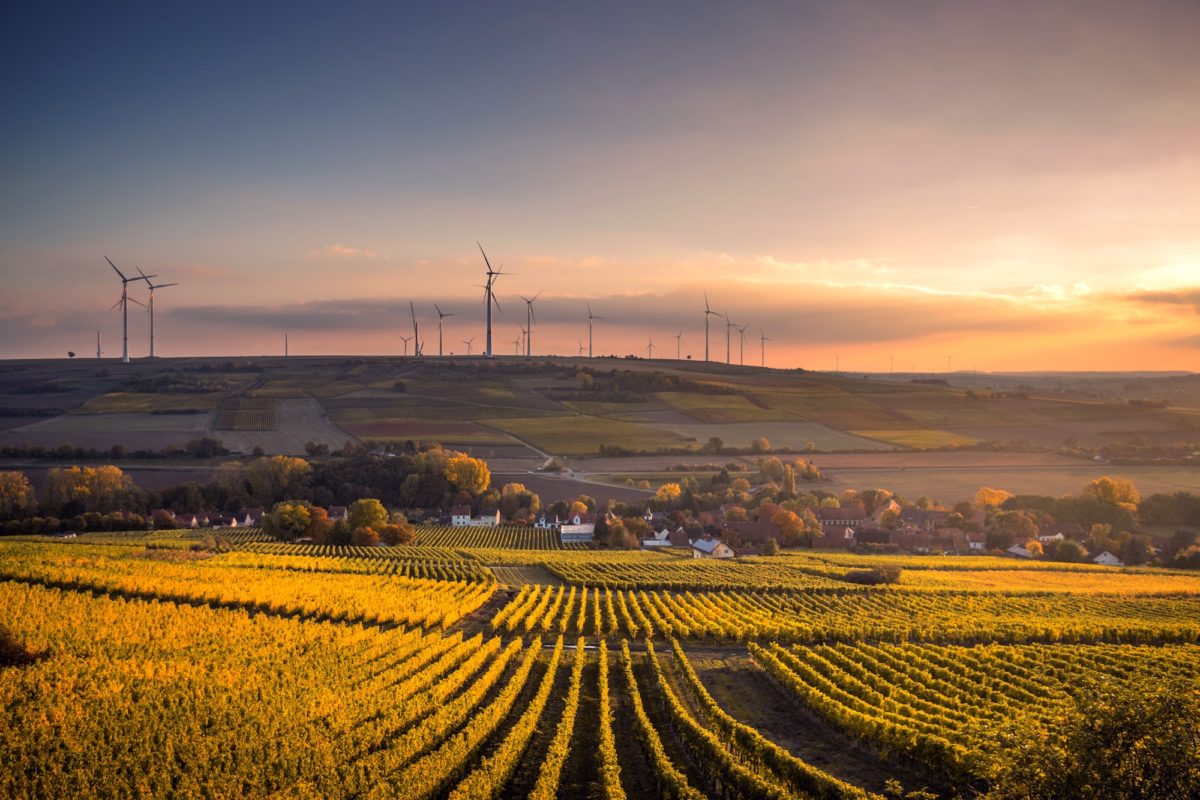
First-time Farmland Buyer Resources
There are plenty of things to consider when buying a farm for the first time. There’s the equipment, the livestock, the maintenance, but before you begin thinking about any of that, the first step is figuring out how to finance a farm. It can be a daunting task to take in all at once, but these financial resources can help you turn your dream of owning farmland into a reality.
Ag Lending
Getting qualified for a farm loan takes proper planning. Conterra Ag, or other agricultural specialty lenders, offer products that are tailored for the industry. They have the knowledge and background in the rural property sector. Another common resource for rural landowners and future farm buyers is the Farm Credit system. This network of financial farm resources focuses on rural communities, offering financial assistance and tools for buyers under the age of 35 who have 10 or fewer years of experience. Most Ag loans can be used to buy land, livestock, equipment and contribute to general farm improvements.
Grant Opportunities for Farmland
The United States Department of Agriculture (USDA) supports sustainable agriculture research and education. To help enrich these initiatives, the USDA offers grants for farmland that focus on new farmers buying new farming equipment. As a first-time farm buyer, these grants can offer a big boost. Look to see if your farm qualifies for this type of financial assistance.
Tax Benefits for Farming
The U.S. government offers tax benefits for people going into the farming business. The U.S. tax codes defines a farm as land that includes “stock, dairy, poultry, fruit, fur-bearing animal, truck farms, plantations, ranches, nurseries, ranges, greenhouses or other similar structures used primarily for the raising of agricultural or horticultural commodities, and orchards and woodlands.”
It’s important to understand if your property qualifies for farm tax benefits. If it does, you will need to provide proof of your farm business plan to demonstrate that it is a profitable enterprise. This includes a comprehensive profit and loss statement. Other things to consider and discuss with your CPA and real estate professional regarding your farmland purchase are: depreciation, deductible expenses, fuel tax credits, renewable energy tax credit, and agricultural research and development tax credit.
Getting a Farm Started
Buying a farm for the first time is an exciting prospect, and one that comes with a variety of ways to make it a more affordable one. From first-time farm loans to farmland grants and farm tax benefits, the resources are vast and aimed at helping buyers make their farm profitable. To learn more about buying a farm or locating farmland for sale near you, contact the real estate experts at Hayden Outdoors. Our highly experienced team can help you navigate the ins and outs of securing your dream farm property.
Still not sure where to start? Reaching out to a real estate professional who specializes in farmland transactions is a great first step!

Winter’s Here: Preparing Your Land for Winter
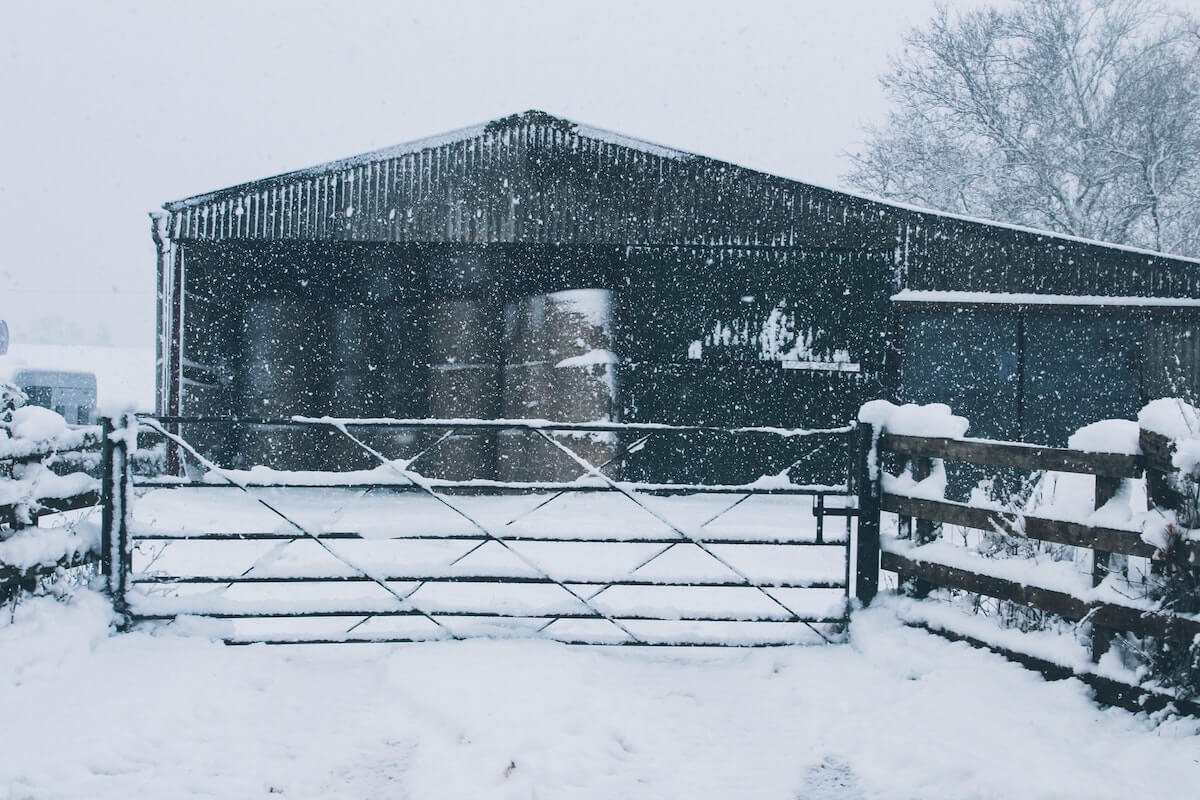
Early frosts, chilled air, the occasional freeze – these are just a few signs it’s time to start winterizing your farm or ranch property.
Preparing your property for the winter months is necessary to protect your land, livestock, facilities, and structures. Here are important steps to take for winter on your land.
Recognize the first frost and know the difference between a frost and a freeze.
It’s always exciting to see the first frost, when light moisture in the air gives way to crystalized grasses, leaves, and branches. The picturesque weather event is also an important seasonal tell – colder weather is not far off, and the first actual hard freeze is probably right around the corner. A frost happens when the temperatures drop to between 36 and 32 degrees Fahrenheit. The significance of the frost on crops depends on how cold the weather gets and how long the cold weather lasts. A freeze is the result of temperatures dropping to 28 to 25 degrees.

Frosted crops can generate dust and build up residue within your machinery when it’s ready to harvest, increasing the risk of fire issues. Freezes can potentially kill crops, so timing your harvest is important. A corn killing freeze occurs when temperatures dip to 32F degrees for four hours or 28F degrees much quicker. If waiting for dry-out, this isn’t an issue, but for silage, watch the frost and get it cut when the corn is dry from frost. A killing freeze can still happen with temperatures above 32, especially in low and unprotected areas when there’s no wind. Utilizing a frost calculator, almanac or weather forecast apps can help you find you the right time to harvest your crops before that first freeze.
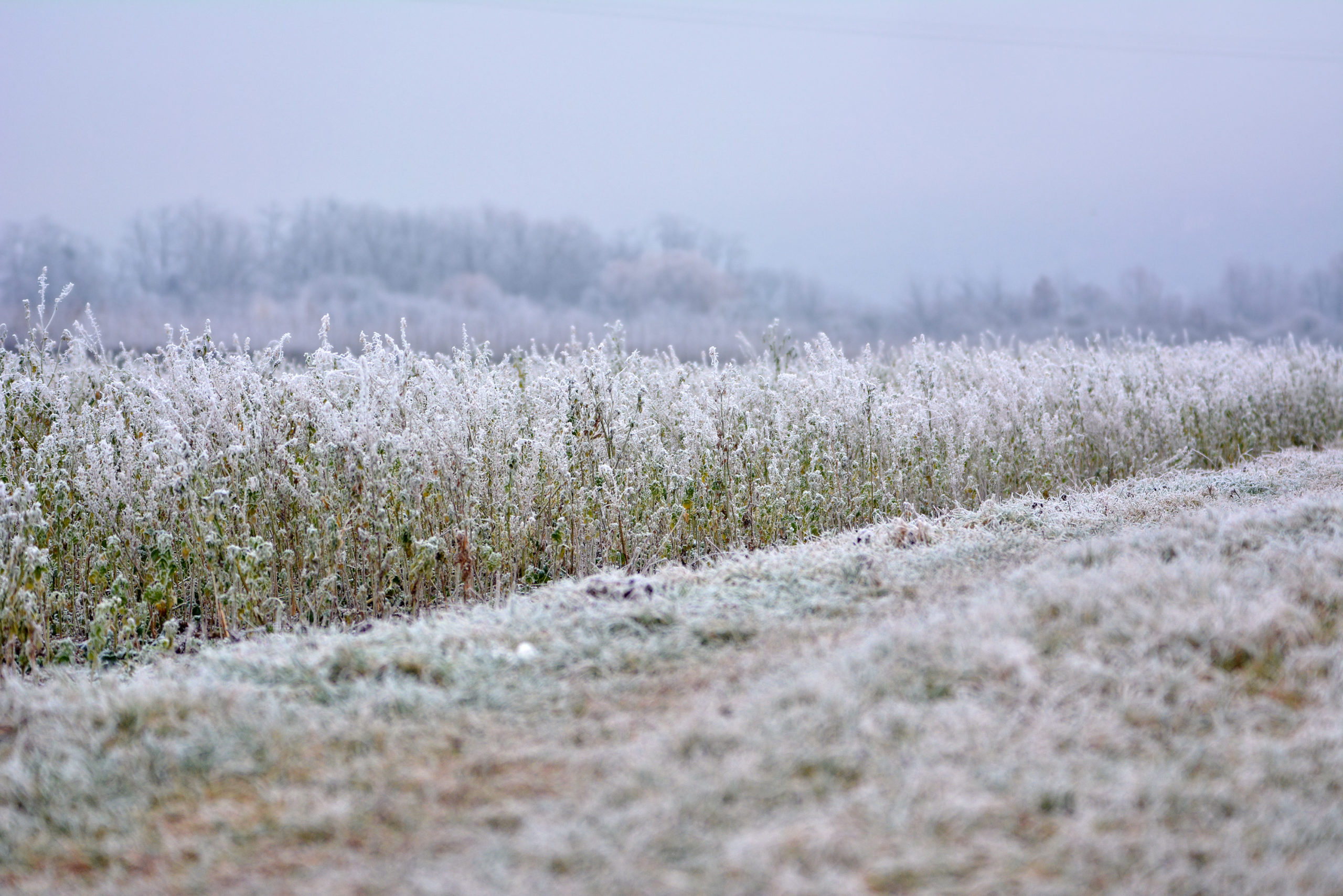
Inspect machines and farm equipment, and get it ready to be stored – or used – this winter.
Fall is an ideal time to do some maintenance and fix any mechanical issues. If it’s time to put the tractor away for the season, detach your hoses so they don’t freeze and become brittle. If the tractor doubles as a plow or snowblower in the winter, this is the time to switch implements, put on chains and reference the lubrication schedule for your machine.
Maintain your structures and prepare them for heavy snowfall.
Winter is a great time to work on barns and other structures throughout the property. Spend some time cleaning the barn and livestock shelter and stalls. Ensure proper heating, ventilation and humidity in your greenhouse if you have one. Your chickens will appreciate your deep cleaning and sanitizing their coop and making sure it’s ready for winter. Also winterize any farmhouses, bathhouses, or cabins, including clearing all pipes of water and turning off any main water lines that won’t be used.
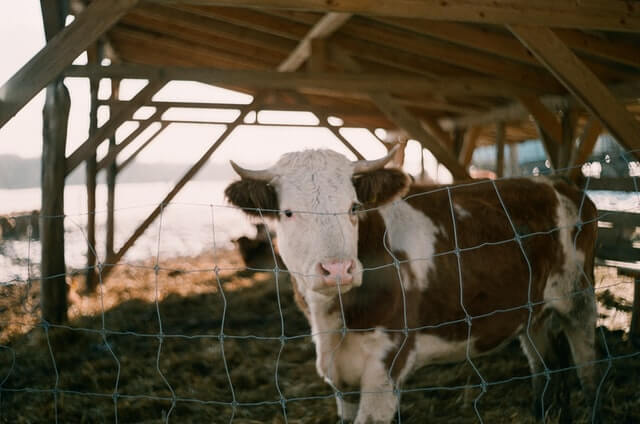
Take care of your livestock.
While these animals are suited to sustain harsh weather elements, it’s best for the health of your herds to ensure they have enough food and live-able conditions. Stock up on hay for bedding and any supplies you’ll need to take care of them. Animals need access to dry conditions – a combination of wet and cold can be deadly. Also, make sure they have plenty of food to carry them through the winter and water sources are prepared for freezing temperatures. Water tanks and electric waterers should be in good condition.
Winter brings a peaceful time to the farm, but before you settle in and watch the snowfall, quality work to prepare your farm for winter will pay off in the spring. Performing these farm duties now will set you up for success and fewer headaches when the spring planting begins. Additionally, see our other resources on how to create a successful ranch management plan or supplementing power on your property with a small-scale wind turbine.
